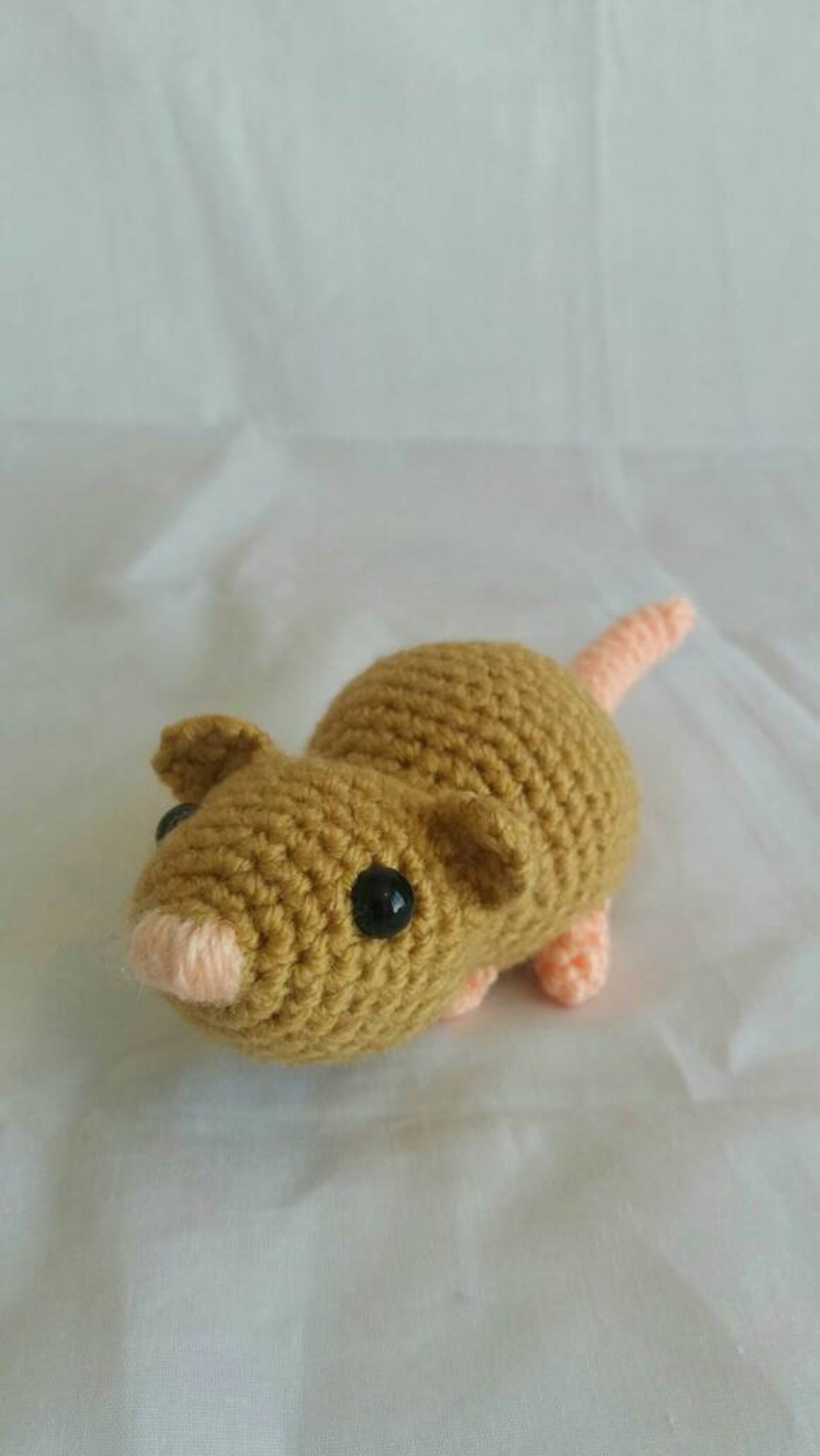

They even often have a larder in their network of tunnels where they store hundreds, even thousands of earthworms for later meals. Moles can eat up to 75% of their own body weight every day. As moles use a lot of energy while burrowing through the dirt and soil, they need to eat a lot to sustain themselves. However, they also eat slugs, snails, spiders, grubs, beetles, larvae, and other small insects. The main diet of moles is earthworms which they eat in great quantities. While most rodents are herbivorous, moles most definitely are not. The moles’ teeth are uniquely adapted for their diet and are geared toward cutting and chewing prey. Moles also have “dilambodont” molar teeth which have two “V” shaped ridges on them. They have four canine teeth, sharp and pointy, and the lower canines are larger than the upper ones. Moles have canine teeth, which rodents lack. Their upper incisors are larger than the lower ones. Instead, they have twelve incisors that are long and blade-like. They don’t have the constantly growing teeth, which are the main defining feature of rodents. Different TeethĪs moles are not rodents, they have different teeth. They also all have fairly small eyes and poor eyesight. They are all characterized by their small, cylindrical bodies, tubular snouts, and dark fur. Members of the Talpidae family are all noted for their digging ability. There are around 42 species of moles worldwide, and they are all members of the Talpidae family group, which includes shrew moles and desmans. Instead, they are members of Eulipotyphla, which include hedgehogs, shrews, desmans, and moonrats. Moles are not members of the Rodentia order. They are expert diggers and can dig up to 160 feet in one night alone. They live almost entirely underground and are perfectly adapted to their lifestyle.

Moles have different teeth and a different diet. They are not related to rodents and are from completely different orders and family groups. Are Moles Rodents? Despite their appearance, moles are not rodents. Instead, it is because their teeth contain iron compounds which make them even stronger and more durable but also cause them to be rust-colored in the process. Many rodents also have surprisingly orange teeth, but it’s not because of tooth decay.

This creates a chisel-shaped tooth and a super sharp edge. As they chew, the softer dentin on the rear of their incisors wears away quicker than the tough enamel which coats the front. Rodents must spend much of their time chewing and gnawing on various materials to prevent their ever-growing teeth from becoming too long for their mouths. A unique feature of these teeth is that they are always sharp because of what they are made from and how they move against each other as the animal chews. All rodents have large, powerful incisor teeth which grow continually throughout their lives. The main defining feature of rodents is their teeth. Other rodents include beavers, squirrels, porcupines, capybaras, chinchillas, chipmunks, and voles. However, it’s not just the typical rats and mice, which are rodents. Most rodents are herbivorous, although some are omnivores and eat insects and other small animals. They are found virtually everywhere in the world except Antarctica.

They are extremely adaptable and live in a wide variety of habitats – including deserts, rainforests, grasslands, and swamps. Most (although not all) rodents have stocky bodies, short limbs, and long tails. Rodents are unique mammals from the order Rodentia which is the largest order of mammals and contains more than 2,000 species. So join us as we discover whether moles really are rodents! What makes a Rodent? We’ll also learn what they eat and how they catch their prey. We’ll also discover what is unique about moles, including how they are perfectly adapted to their subterranean lifestyle and why they are not quite the pests that people think. In this article, we’ll learn about rodents and find out whether moles share their characteristics. Given how widespread they are as well as their small stature and the “pest” status that is often attached to them, it’s not surprising to hear the question “are moles rodents” being asked about them. Moles typically have long snouts and small, short bodies. They are found on every continent except Antarctica, and they live anywhere that they can dig tunnels. Moles are small mammals noted for their ability to burrow and dig intricate tunnels.


 0 kommentar(er)
0 kommentar(er)
